In the realm of interior design, it’s often the smallest details that make the most significant impact. Enter wall molding and trim – the unsung heroes of home transformation. From the graceful curves of crown molding to the intricate wainscoting, these architectural accents can elevate any living space.
Whether you’re adding wall molding to your home in Chicago, IL, your condo in Birmingham, AL, or just want to learn more, this Redfin article will cover the different types of wall molding. We also have expert advice, along with tips and tricks for adding these decorative elements to your home. Let’s get started.
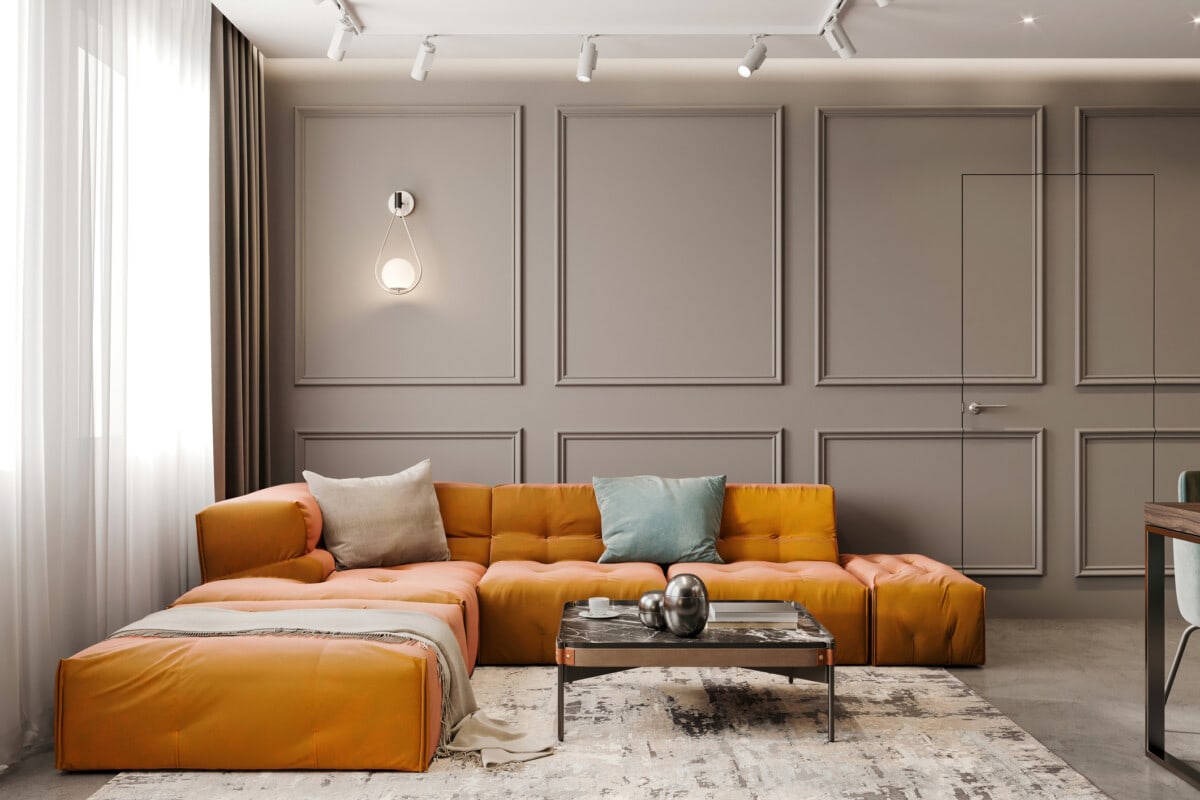
What are wall moldings?
Wall moldings, also known as wall trim, are decorative architectural elements that adorn the edges and surfaces of walls in homes and buildings. Wall moldings come in various shapes, sizes, and styles, and they are typically made from materials like wood, plaster, or composite materials. They can include details like baseboards along the floor, crown molding along the ceiling, chair rails at a mid-height level, and wainscoting on the lower part of the wall. Wall moldings not only provide texture, depth, and character – but they also create a sense of elegance and sophistication in a space.
“Adding wall molding is a transformative touch that can infuse elegance and depth into your rooms,” shares Fred Weiner, CAPS, principal of THP Builders. “It’s a fantastic way to create architectural interest and define spaces. From framing artwork to delineating accent walls, wall molding opens a world of design possibilities.”
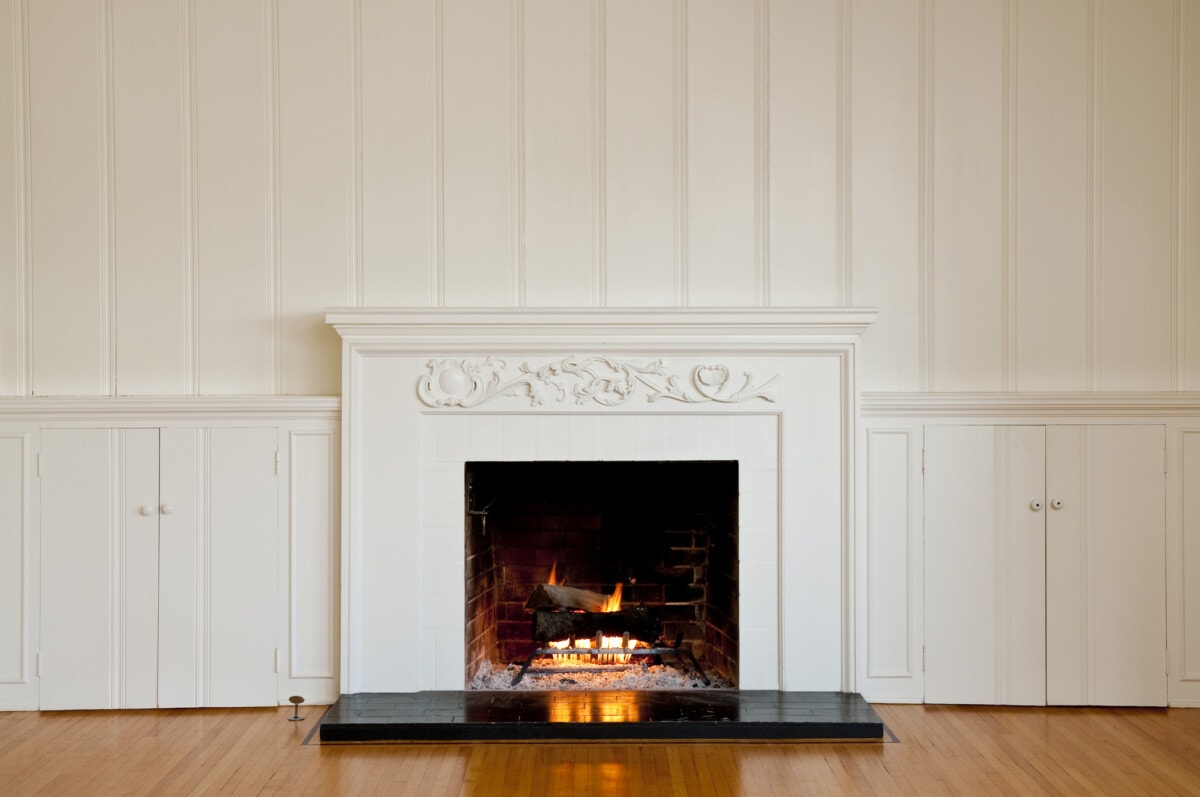
10 types of wall moldings to add to your home
From the rustic charm of beadboard to the intricate detailing of panel molding, each wall molding option is brimming with charm and the potential to transform your space.
Upgrading your home? It may increase its value.
1. Crown molding
Crown molding, also known as ceiling molding, adds a touch of elegance where the walls meet the ceiling. It comes in various profiles, from simple to sophisticated designs, and serves to visually expand the height of a room.
2. Corbel Molding
Corbels are decorative brackets that protrude from a wall, adding architectural flair. They can be placed under shelves, countertops, or as standalone accents.
3. Casing molding
Trim pieces that frame doors and windows are called casing molding. They form a border around these openings, often with smooth, straightforward profiles that blend with the surrounding architecture.
4. Chair rail molding
Chair rail molding in a home is a horizontal strip that runs along walls, typically at the height of a chair back. It adds a horizontal line of interest to the walls while protecting them from chairs and furniture.
5. Picture rail molding
Picture rail molding is a horizontal strip positioned higher on walls, designed for hanging artwork and decorations without damaging the wall surface. It acts as a practical and aesthetic solution for displaying items.
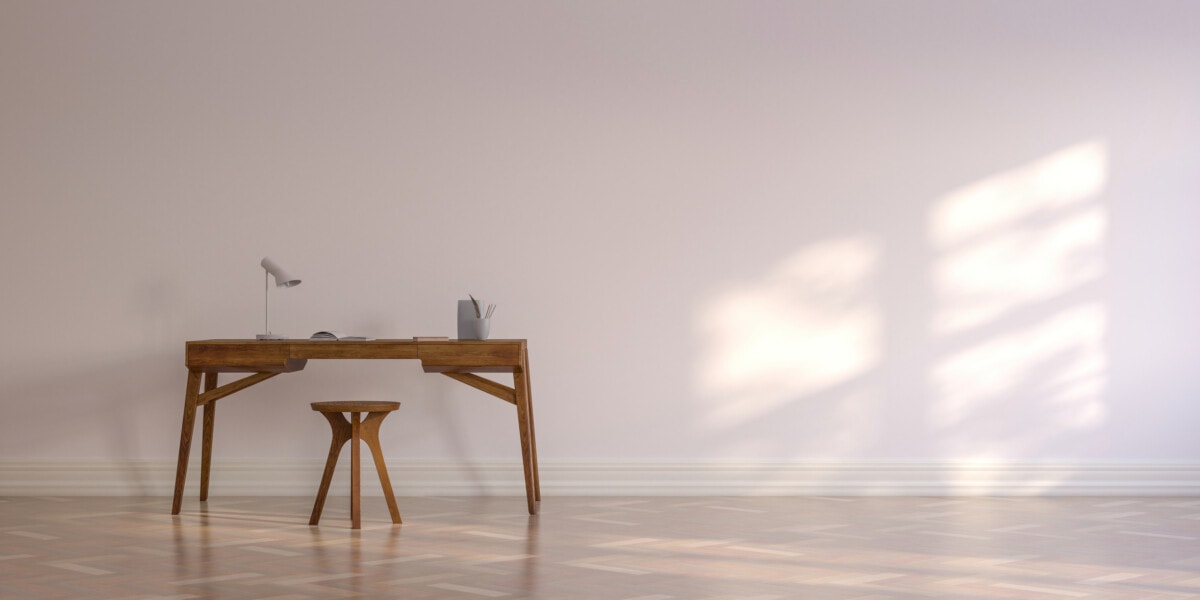
6. Baseboards
Baseboards are the molding that runs along the bottom of the wall where it meets the floor. They provide a clean transition between the wall and floor while protecting the wall from potential scuffs and damage.
7. Panel molding
Panel molding creates the illusion of raised or recessed wall panels, adding depth and texture to the surface. It usually consists of strips that form geometric patterns.
8. Wainscoting
Wainscoting is a decorative treatment where panels or molding are applied to the lower portion of walls, typically below chair rail height.
9. Beadboard
Beadboard is a type of wall paneling featuring narrow, vertical planks with rounded ridges or “beads” between them. It adds a cozy, cottage-like charm to interiors.
10. Cove
Concave, curved molding that creates a transition between walls and ceilings with a smooth, sweeping profile is known as cove. Cove molding is an excellent choice for adding a touch of soft elegance to a room, as its curved design can help soften the hard angles of walls and ceilings.
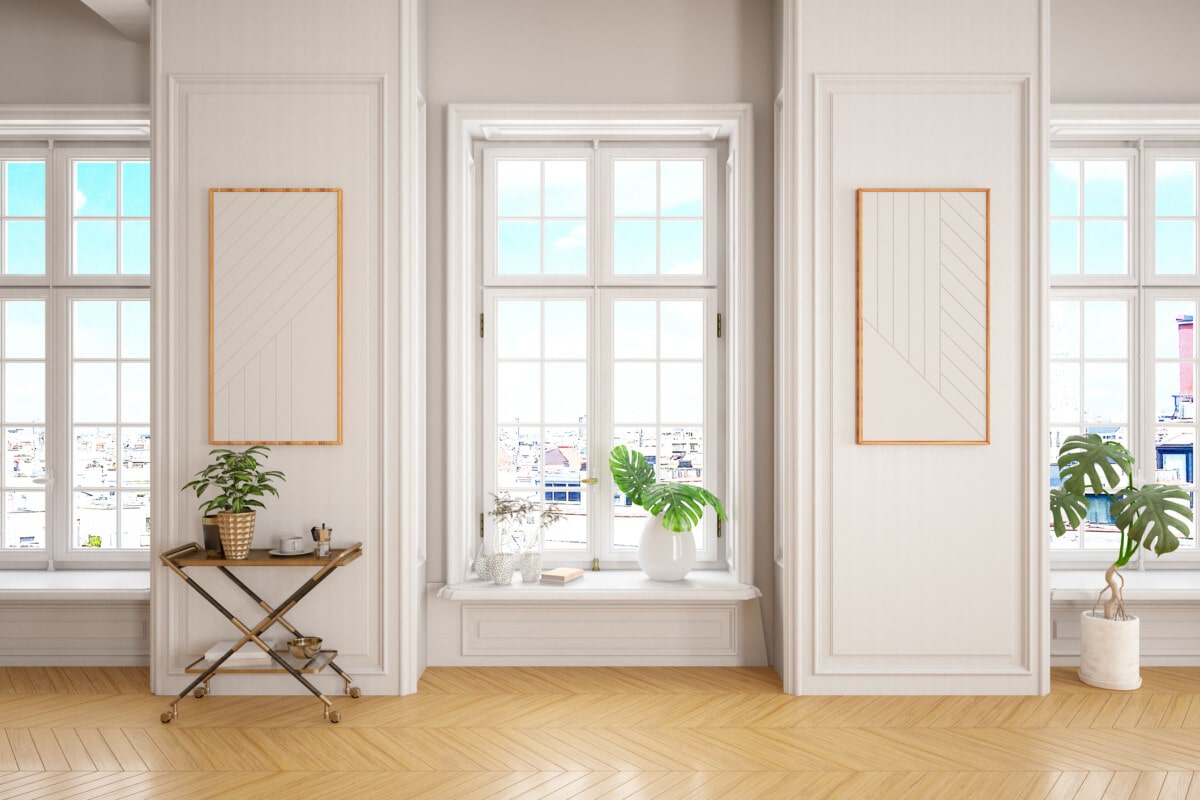
Why you add wall moldings and trim to your home
Adding moldings to a home offers numerous benefits that enhance aesthetics and practicality. These decorative features can elevate the overall ambiance of a room. Here are a few ways it can enhance your home.
Adds character. Liz from The Cape Coop Farm shares, “Wall molding adds instant character and texture to any wall. Many molding projects are easy for beginners – particularly with straight lines like a board and batten design. If you are slightly more experienced with cutting angles, the possibilities are endless with intricate geometric designs and crown moldings.”
Inexpensive way to add dramatic visuals. “Wall molding designs can be a quick, versatile, and relatively inexpensive way to add dramatic visual impact and character to your home,” says Mandy from Aviator Jayne, a home store in Owosso, MI. “We have even found many molding designs to be really DIY-friendly. If you like to tackle projects around the house, consider adding a simple board and batten to your dining room for warmth, or perhaps molding in a geometric shape to the walls of your bedroom for an elevated look.”
Increases property value. Celia Boutell, an interior designer shares, “The benefits of adding wall molding include an elevated aesthetic by adding depth, texture, and elegance to give your room a more polished look. Architectural interest, room definition, covering imperfections, and increasing property value. Well-executed molding can enhance your home’s value by adding an upscale touch to your interior design.”
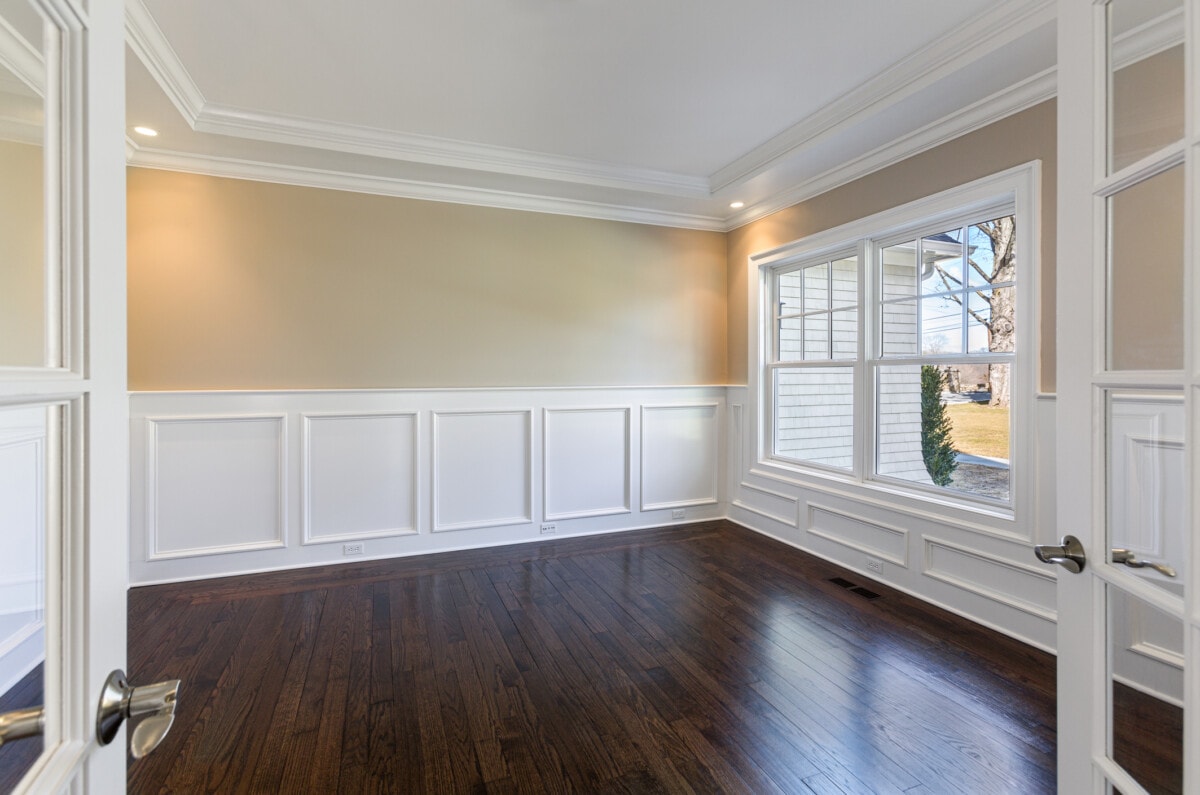
Tips for adding wall molding to your home
Elevate your home’s style with wall molding using these essential tips. Learn how to effortlessly integrate decorative elements for a beautifully transformed space.
Plan the design. Before you start, envision the look you want to achieve. You’ll want to consider the type of molding, its placement, and the overall style of your home. Planning helps ensure a cohesive and well-executed design. “Picture frame molding is a simple and timeless style that can be done easily and affordably on your own,” says Casa Del Marmol, an interior design company. “You can even dial it up a notch by adding a wallpaper mural inside each box panel. Wainscoting of this type can be extremely versatile as well. Fresh paint, wall décor and lighting can add additional layers of dimension and can be swapped out over the years as styles change.”
Wall molding will suit all homes – you can’t go wrong. “One homeowner may choose to install molding to create a very traditional look, such as chair railing and the traditional box molding that is often seen accompanying it,” adds Marcia Socas, a DIY home project specialist. “Alternatively, someone else may use molding to create a more modern pattern and style, for example, octagonal shapes or other patterns created with molding. Whether a traditional installation or a modern expression, wall molding suits every homeowner’s design choice and truly takes a room to the next level.”
Choose appropriate materials. Select molding materials that align with your home’s décor. Wood offers a classic appeal, while lightweight polyurethane options are easier to install. Make sure the material matches the aesthetic you’re aiming for.
Opt for two paint sheens. “If you’re looking to elevate a simple molding, try using two paint sheens, a flat on the walls and satin on the molding, or go one shade darker on the molding,” says Sagent Builders servicing the greater Chicago area. “When applying molding, use trim sealant and glue all the corners for the most successful installation.”
Try moldings on more than just walls. “Just like boxed molding designs have been traditionally used to add a sense of luxury to walls, we’re now seeing molding used on doors, ceilings, and cabinet faces to elevate a room and give it more interest,” shares Lanada Duncan, owner of b.e. decors Interiors. “With these new peel-n-sticks, trendy sizes, and designs that’s hit the market, you can be even more creative with your application and add panache to a space.”
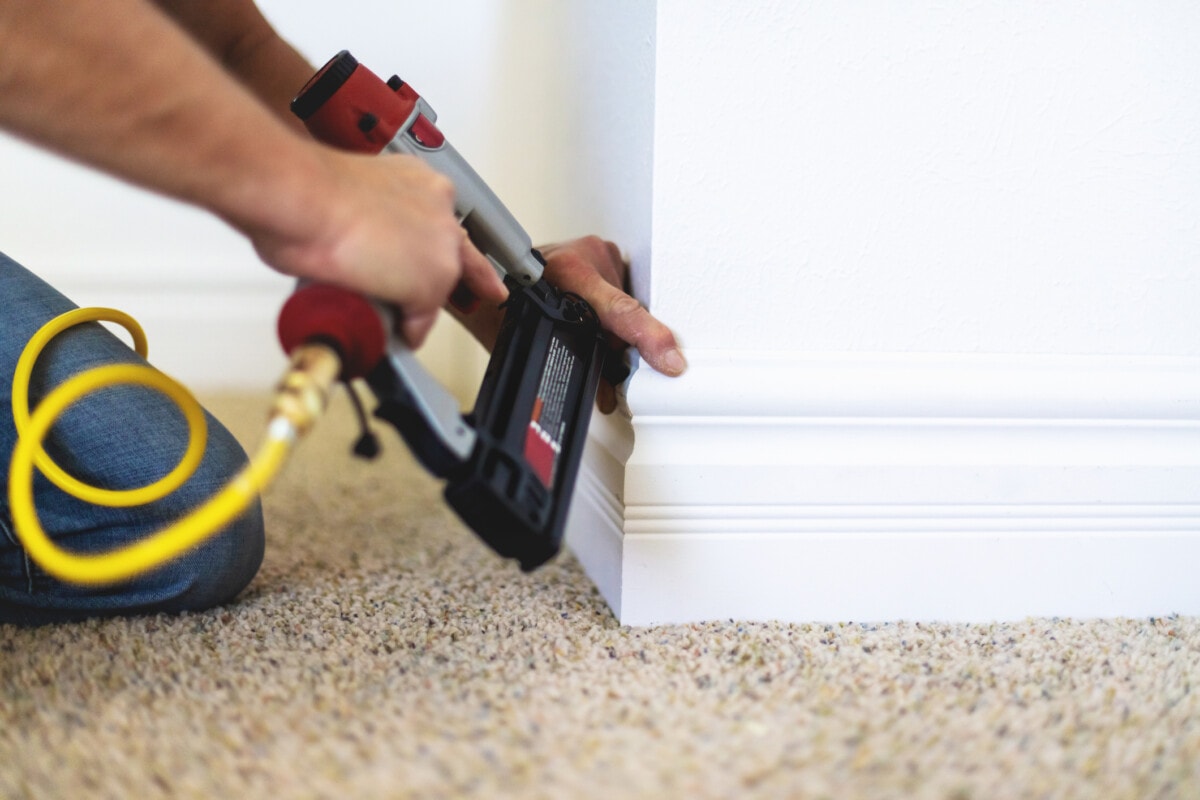
A final note on wall moldings and trim
Incorporating moldings and trim into your home’s interior is akin to adding the final strokes to a masterpiece. These subtle yet impactful details have the remarkable ability to transform any home into an elegant and timeless space full of character.


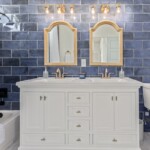

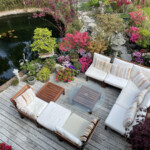


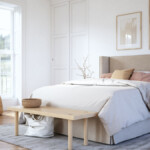

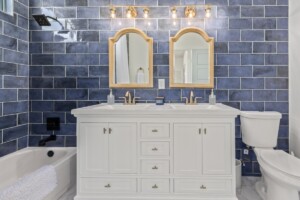
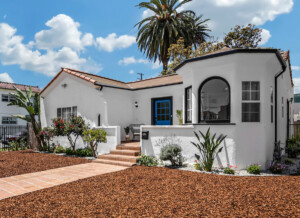
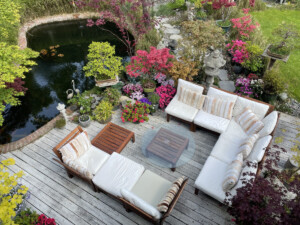


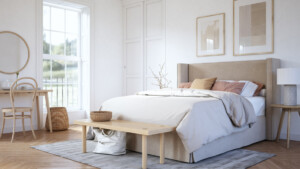



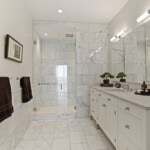








 United States
United States Canada
Canada